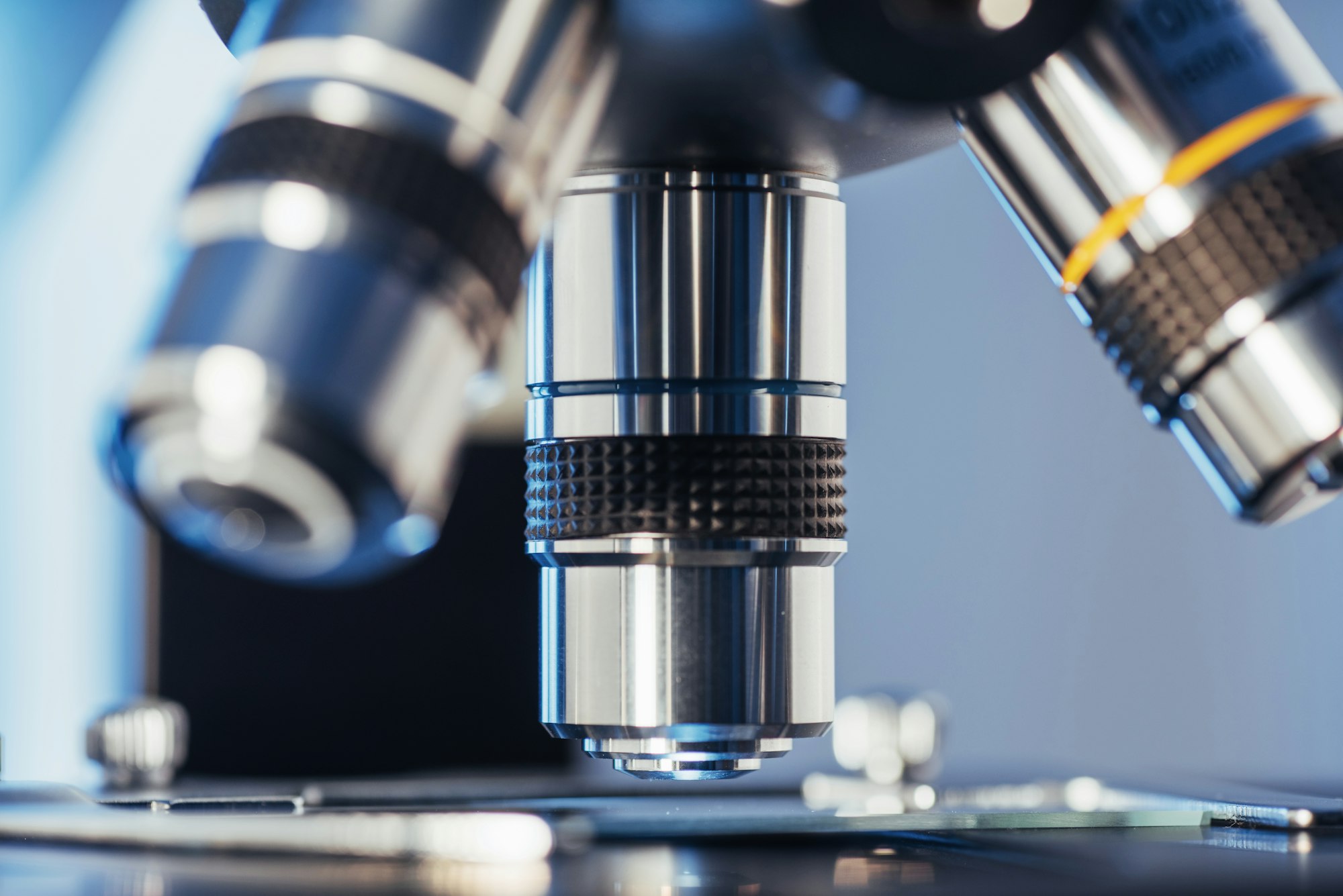How A.I. is Making Big Discoveries in Biology
The Story of How We Found a Special Cell
Scientists have been trying for over 100 years to figure out how our bodies make red blood cells. This journey led them to find a hormone called erythropoietin and, eventually, a rare type of kidney cell known as the Norn cell. The discovery of this cell is a cool example of how dedicated people are to understanding how life works.

A.I.’s Role in Finding New Stuff in Biology
Thanks to A.I., we’re finding out new things faster than ever. For example, a computer in California figured out what the Norn cell was all by itself, doing something that took humans ages to achieve. It did this by studying the genetic information and chemical properties of millions of cells, without being specifically told what to look for.
The Next Level of A.I. in Biology
What These A.I. Systems are Doing
Foundation models in A.I. are not just sorting through known facts about biology; they’re actually helping us discover new things about how genes work and how cells develop. With more data and better computers, these A.I. systems could help us understand complex diseases and even what makes life, life.
Why These A.I. Models are a Big Deal
Scientists are really excited about these A.I. models because they believe they could answer some of the biggest questions in biology, like what makes something alive. These tools might change everything we know about how cells turn into living beings and could even help us find new types of cells in different species.
What’s Next for Biology and A.I.
The Ups and Downs of A.I. in Biology
A.I. models like GeneFormer and U.C.E. are getting better at figuring out what different cells do and how genes work. The goal is to create a huge database of cell information (kind of like an internet for cells) to make these A.I. models even smarter. This could make them more accurate and useful for science.
The Future Looks Bright
By mixing A.I. with biology, we might be able to make a digital model of a cell that’s so good, we could run experiments on it in a computer. This could lead to discovering new types of cells and deeper insights into life itself. Imagine a future where A.I. helps us unlock new scientific knowledge that could change medicine and our understanding of life.
So, A.I. is really shaking things up in biology, from finding hidden cells like the Norn cell to exploring the big questions of life. These new A.I. tools could lead to amazing discoveries in how diseases work, how life starts, and much more, potentially changing biology and medicine as we know it.

FAQs about A.I. in Biology
- What exactly is the Norn cell, and why is it important?
The Norn cell is a rare type of cell found in the kidneys that was discovered with the help of A.I. It’s important because it represents a significant step in understanding how our bodies produce red blood cells, a process that’s crucial for carrying oxygen throughout our body. The discovery highlights how A.I. can speed up scientific breakthroughs that used to take humans decades or even centuries. - How does A.I. discover new things in biology?
A.I. uses algorithms to analyze vast amounts of genetic and cellular data. By identifying patterns and relationships in the data, A.I. can make predictions or discover new biological entities like cells or genes without being explicitly programmed to find them. This approach allows A.I. to uncover insights that might not be obvious to human researchers. - What are foundation models in A.I., and why are they significant for biology?
Foundation models are advanced A.I. systems that are trained on large datasets to understand and generate predictions about a wide range of topics. In biology, these models are significant because they can analyze complex biological data to reveal new insights about gene functions, cell development, and the mechanisms of diseases, potentially leading to breakthroughs in understanding life and developing new treatments. - Can A.I. really differentiate between what’s alive and what’s not?
While A.I. is not yet capable of philosophically defining life, it is being developed to understand and predict the behaviors and functions of living cells and organisms. By analyzing biological data, A.I. models might help scientists better understand the characteristics that distinguish living things from non-living things, contributing to the broader scientific discussion about what it means to be alive. - What future advancements can we expect from the integration of A.I. and biology?
The integration of A.I. and biology promises to accelerate the pace of discovery in fields like genetics, cell biology, and medicine. Future advancements may include the development of comprehensive digital models of cells that allow for virtual experiments, the discovery of new cell types and genetic markers, and enhanced understanding of complex diseases. These advancements could lead to innovative treatments, more personalized medicine, and deeper insights into the origins and nature of life itself.
Sources The New York Times



i want help…. my vlc just play the songs which are in sd card .. so how can i change storage path to internal memory